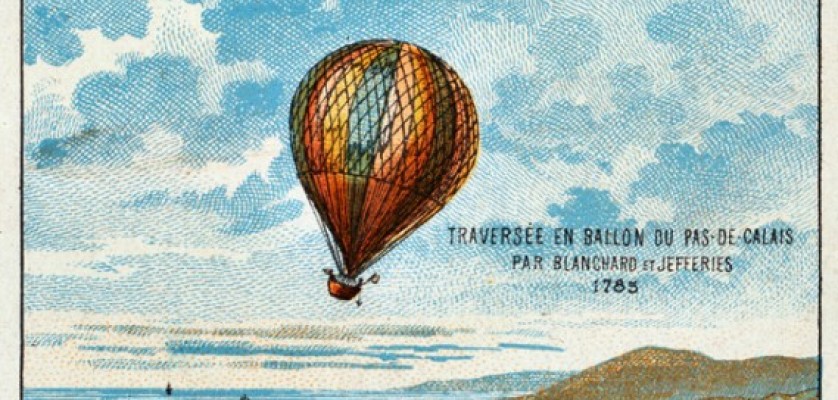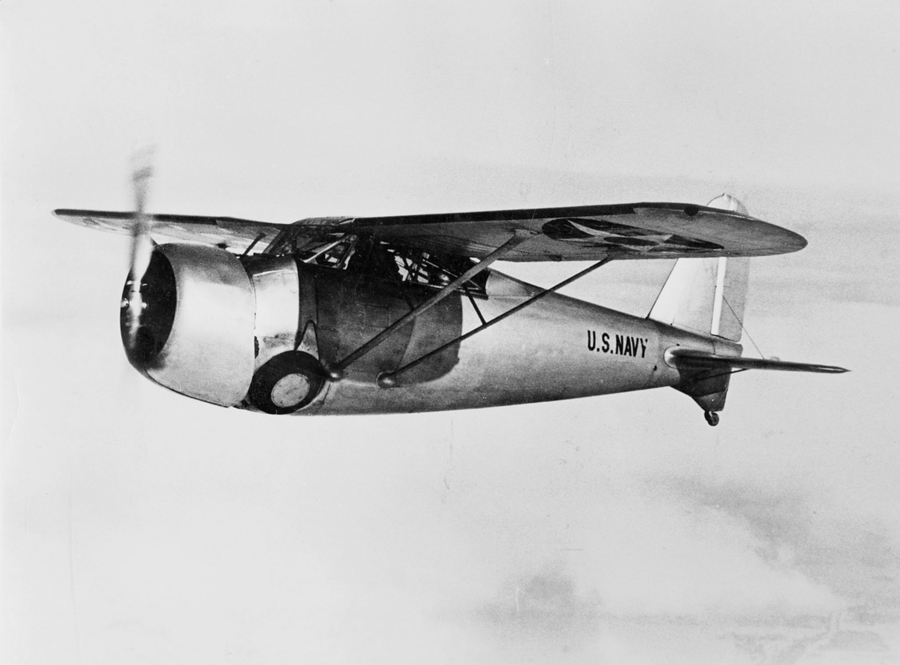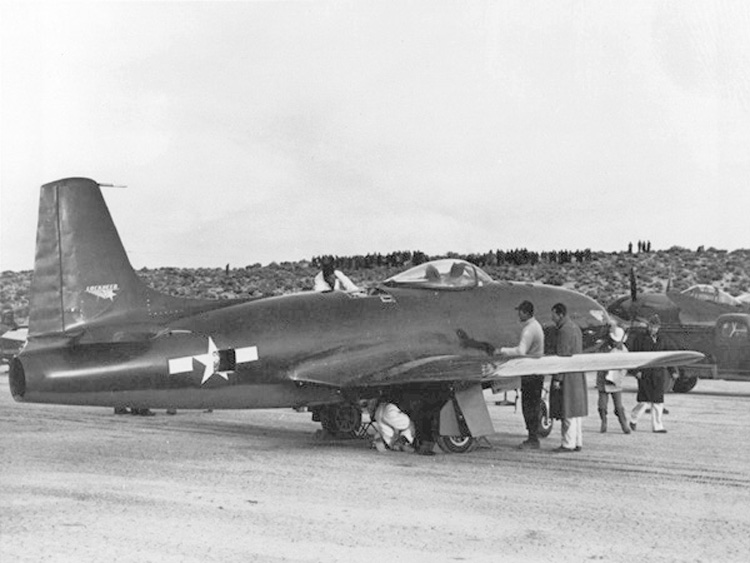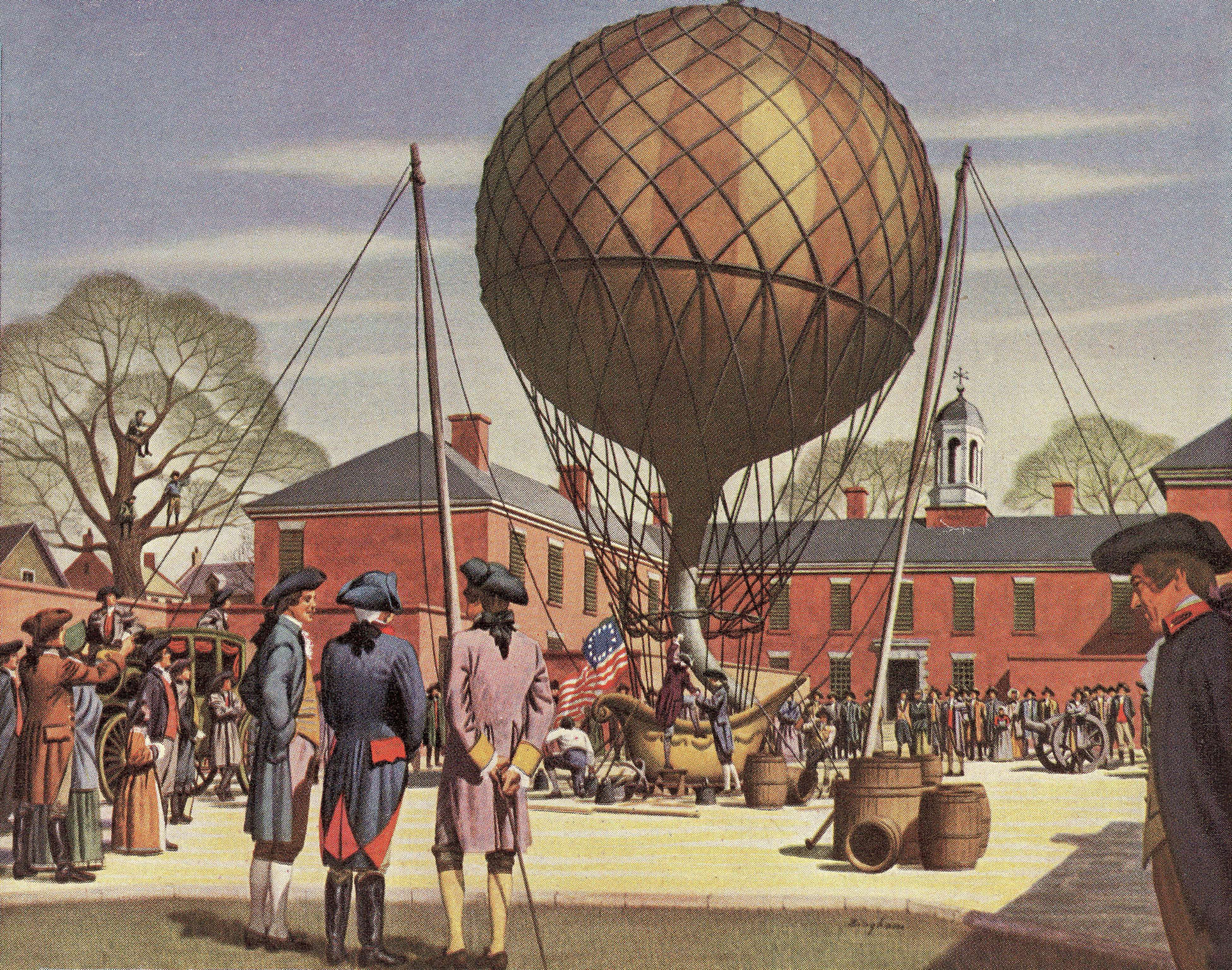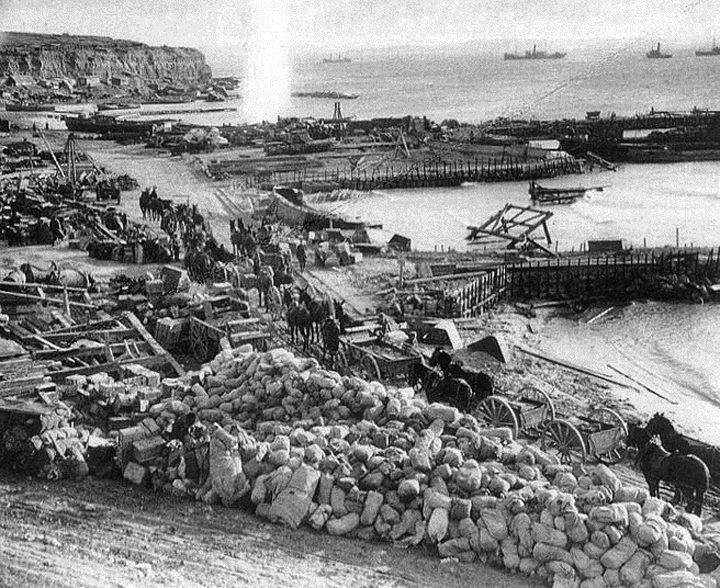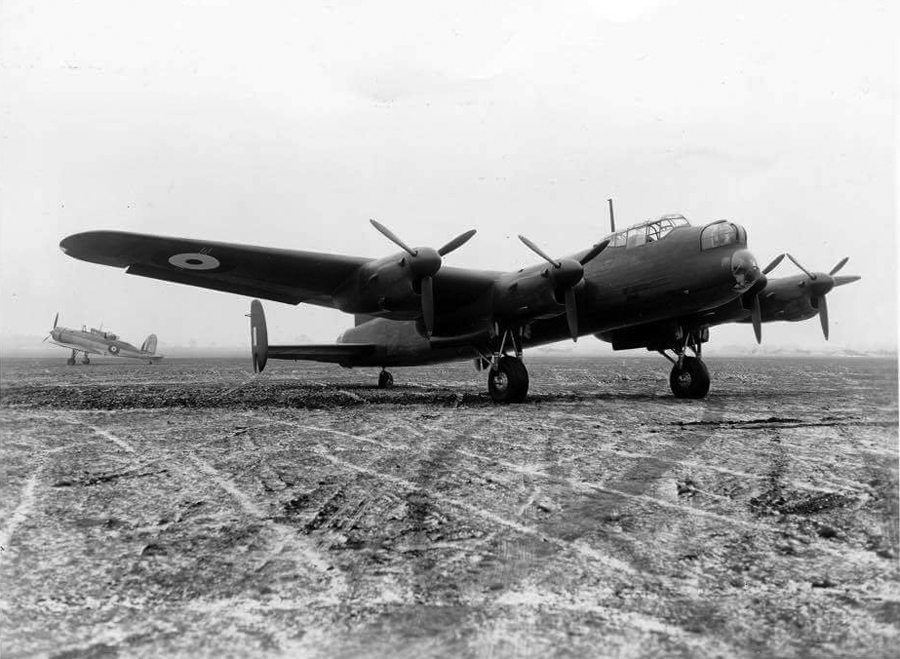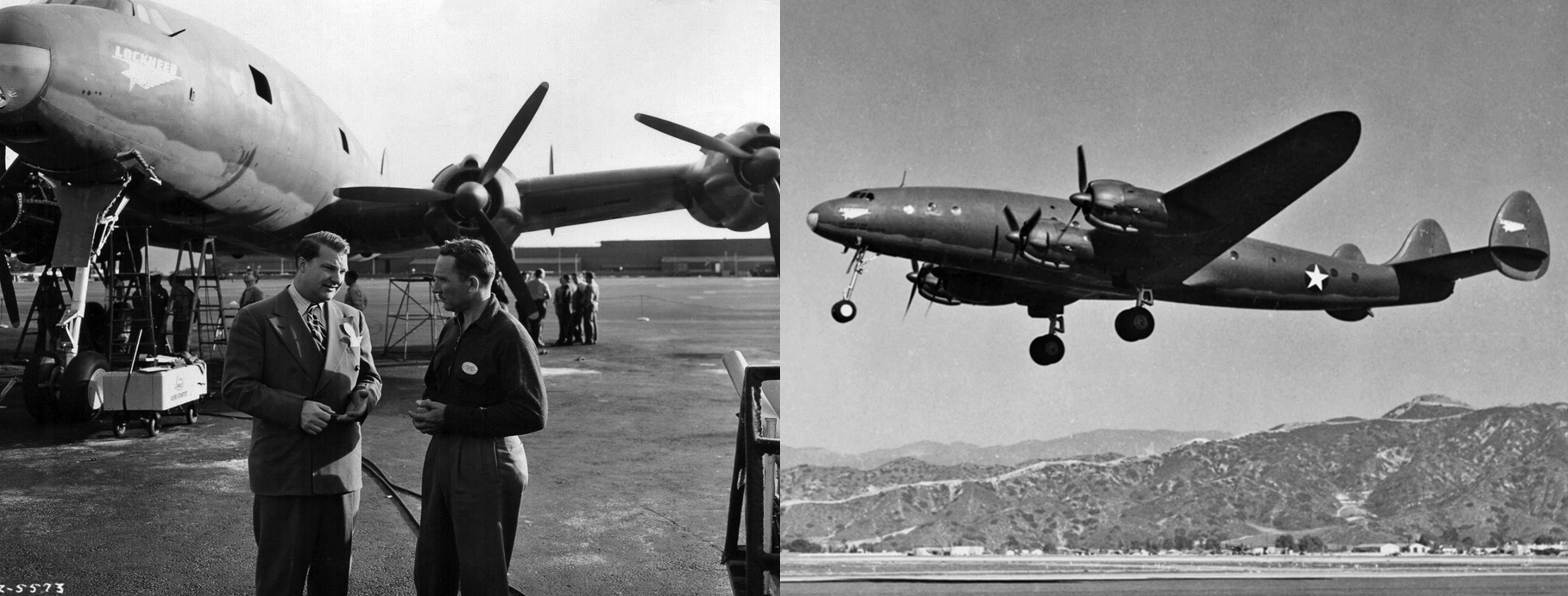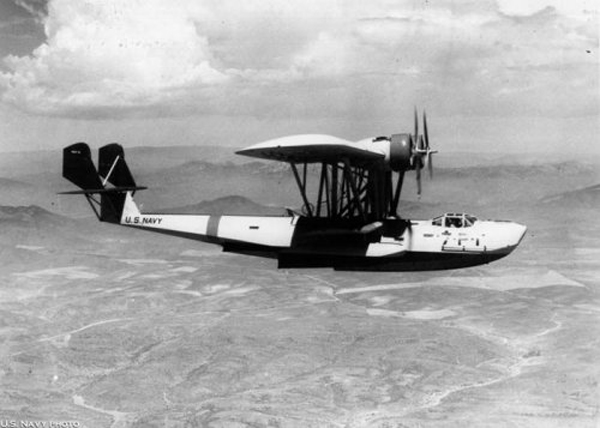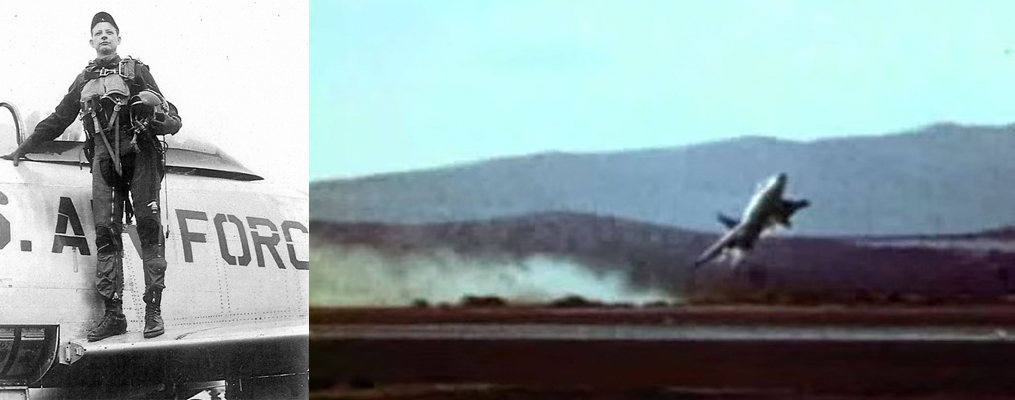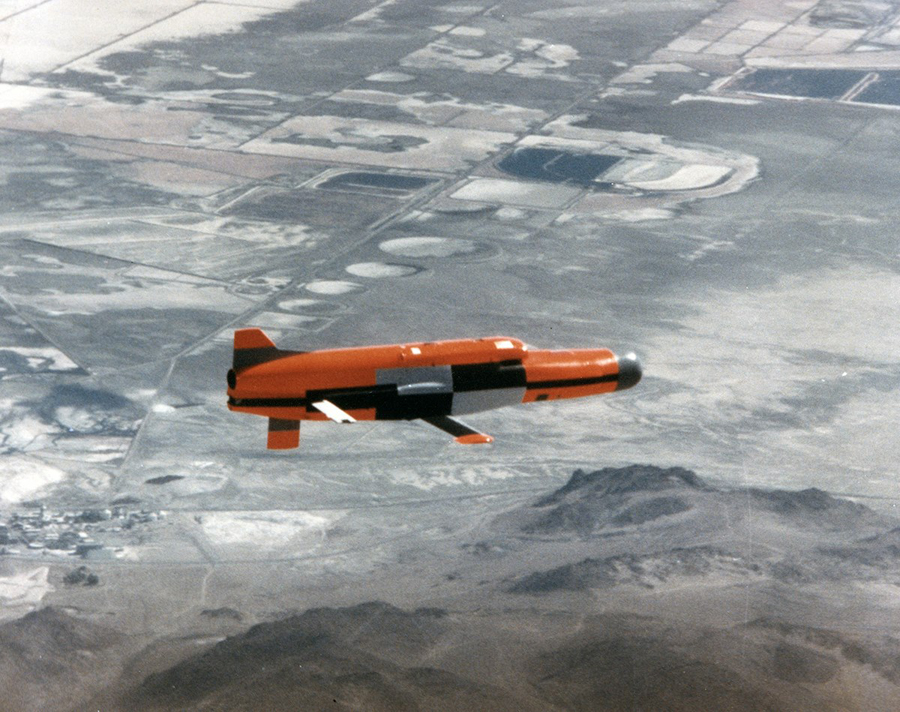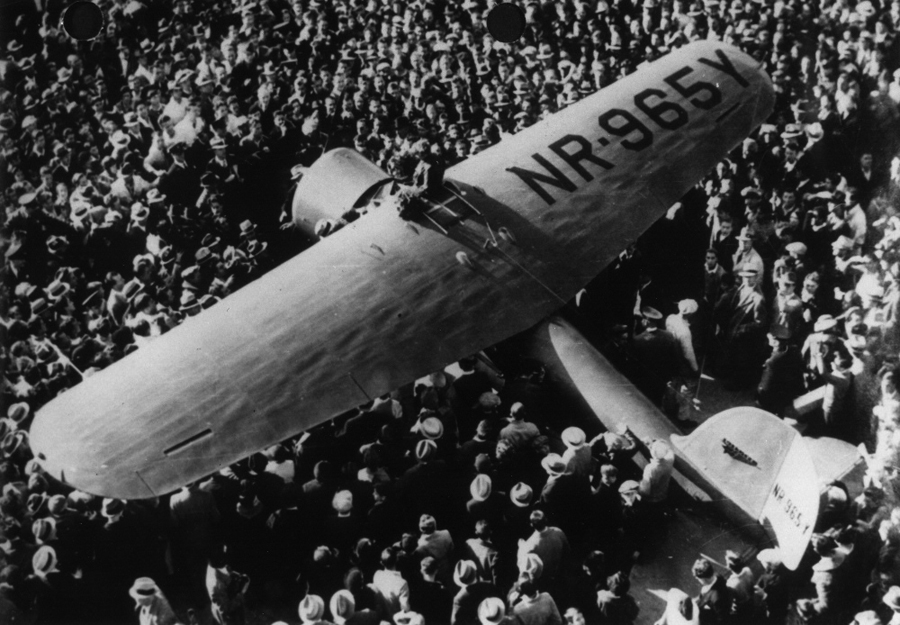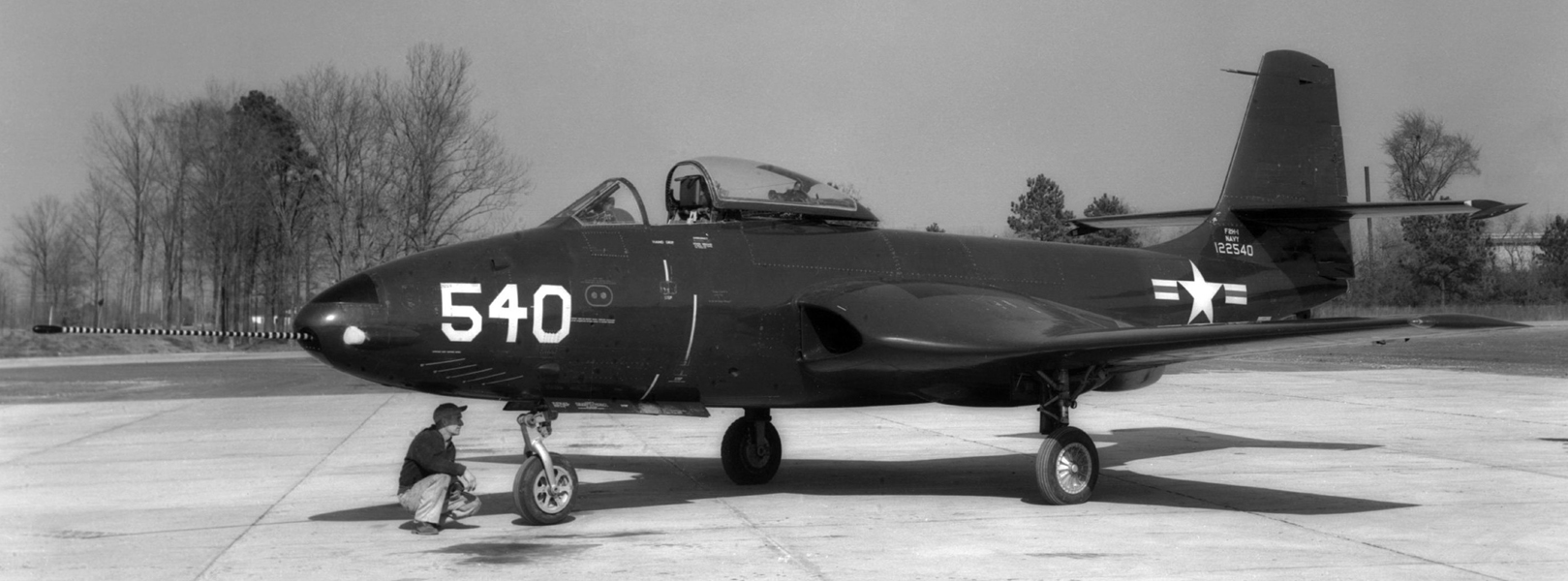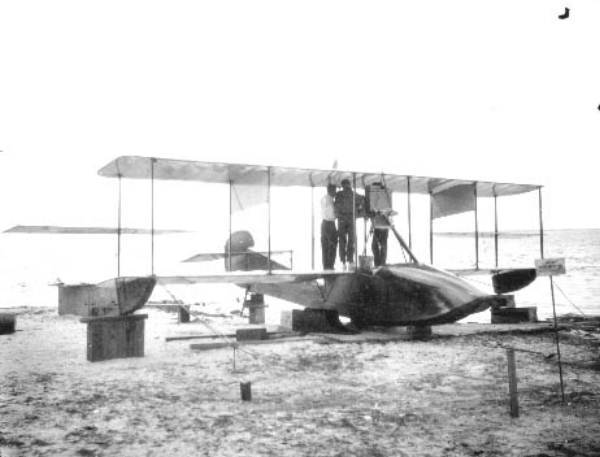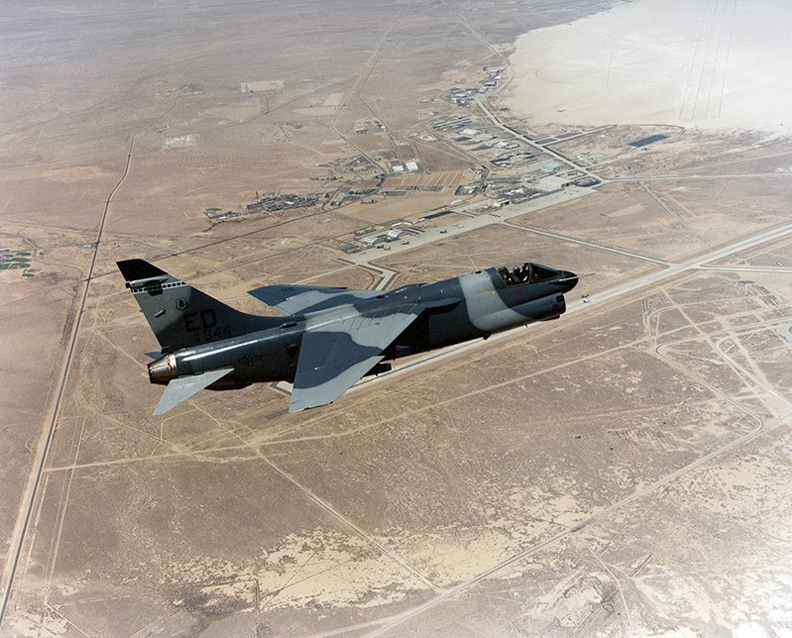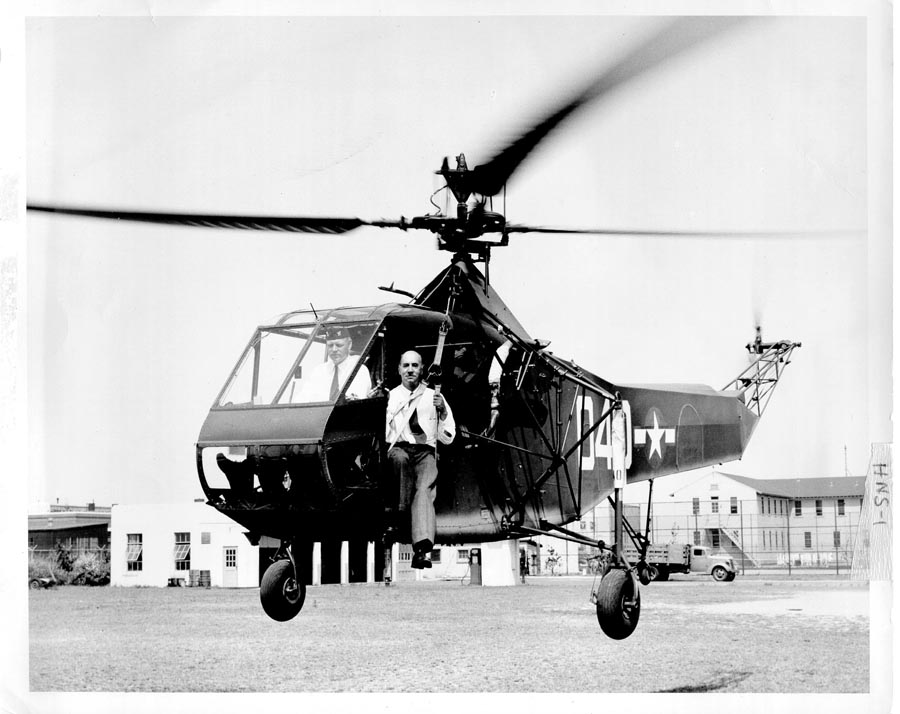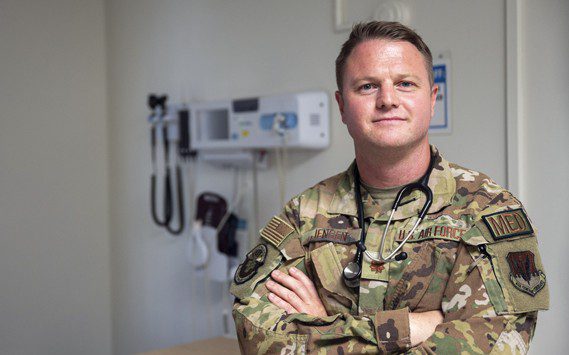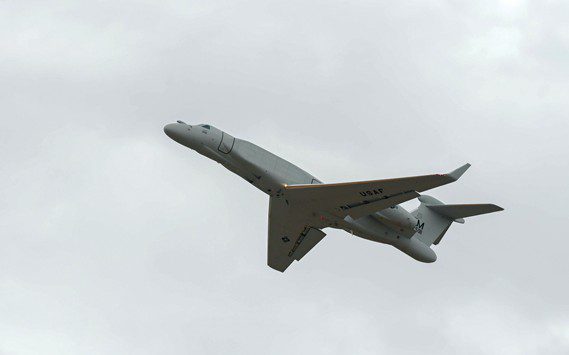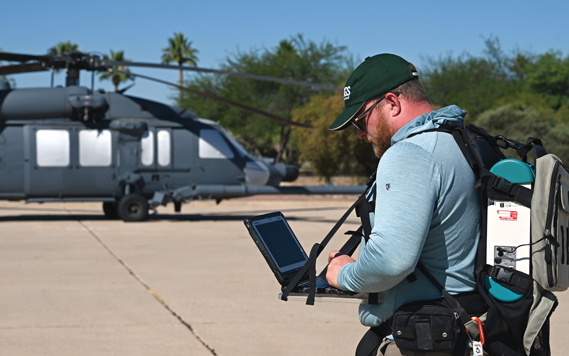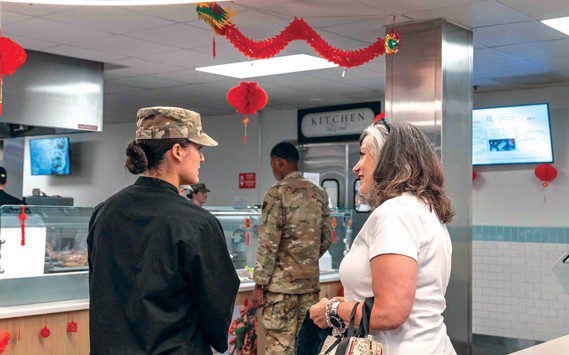Jan. 7, 1785: The English Channel is crossed for the first time by air as Jean-Pierre Blanchard and John Jeffries fly their hydrogen balloon from Dover, England, to a forest near Calais, France. Blanchard was awarded a substantial pension by Louis XVI, and king ordered the balloon and boat be hung up in the church of Église Notre-Dame de Calais. Jeffries was a Boston physician, scientist, and a military surgeon with the British Army in Nova Scotia and New York during the American Revolution. Jeffries lived in England from 1779 to 1790. Despite being named in the Massachusetts Banishment Act, he returned to private practice in Boston, staying there until his death in 1819.
Jan. 7, 1934: The Curtiss XF13C (Model 70), a U.S. prototype carrier-based High Wing monoplane fighter aircraft with a manually retractable landing gear and an enclosed cockpit, makes its first flight. The aircraft was designed to facilitate conversions from biplane to monoplane and vice versa. The XF13C was a naval fighter featuring an all-metal construction, with a semi-monocoque fuselage, manually retractable landing gear and an enclosed cockpit. The aircraft was designed to facilitate conversions from biplane to monoplane and vice versa. The U.S. Navy bought a prototype, designated XF13C-1 when in monoplane configuration, and XF13C-2 when a biplane. The XF13C first flew in 1934 with good results realized in tests. In 1935, the aircraft received a more powerful engine and modifications to the overly tall tailplanes. The designation was changed to XF13C-3 for more flight testing. No production orders were received for the Curtis XF13C, but the aircraft continued to fly for NACA in experimental work.
Jan. 8, 1944: The Lockheed P-80 Shooting Star made its first flight The Shooting Star was the first jet fighter used operationally by the U.S. Army Air Forces. Designed and built by Lockheed in 1943 and delivered just 143 days from the start of the design process, production models were flying, and two pre-production models did see very limited service in Italy just before the end of World War II. Designed with straight wings, the type saw extensive combat in Korea with the U.S. Air Force as the F-80. America’s first successful turbojet-powered combat aircraft, it helped usher in the “jet age” in the Air Force, but was outclassed with the appearance of the swept-wing transonic MiG-15 and was quickly replaced in the air superiority role by the transonic F-86 Sabre. The F-94 Starfire, an all-weather interceptor on the same airframe, also saw Korean War service. The closely related T-33 Shooting Star trainer remained in service with the U.S. Air Force and Navy well into the 1980s, with the last NT-33 variant not retired until April 1997.
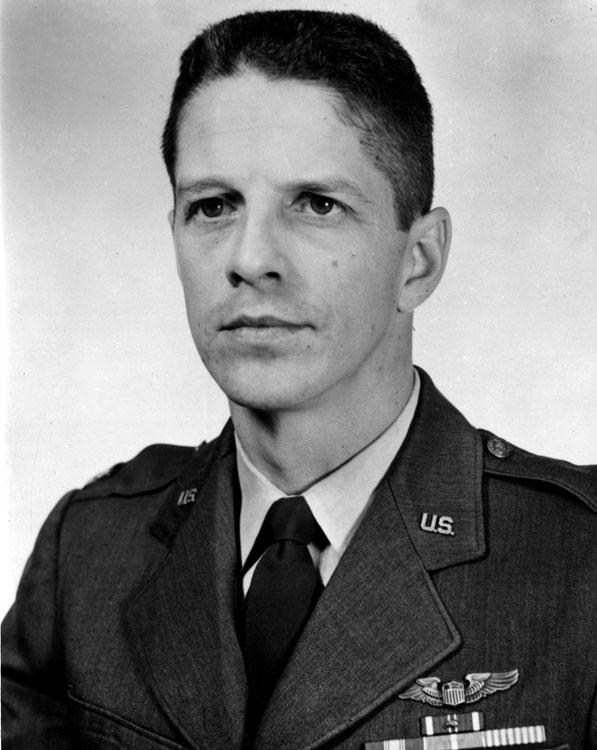
Jan. 8, 1964: The Air Force Cross was posthumously awarded to Maj. Rudolf Anderson, Jr., the only causality of the 1962 Cuban Missile Crisis. Anderson died when his unarmed U-2 reconnaissance aircraft was shot down over Cuba. He was the first recipient of the award – the U.S. military’s and Air Force’s second-highest award and decoration for valor.
Jan. 9, 1793: Frenchman Jean Pierre Blanchard, using a hot-air balloon, flew from Philadelphia to Woodbury, N.J. Watching the flight were President George Washington, and the future presidents John Adams, Thomas Jefferson, James Madison and James Monroe. Blanchard left the United States in 1797.
Jan. 9, 1916: The World War I Battle of Gallipoli ended after eight months with an Ottoman Empire victory as Allied forces withdrew.
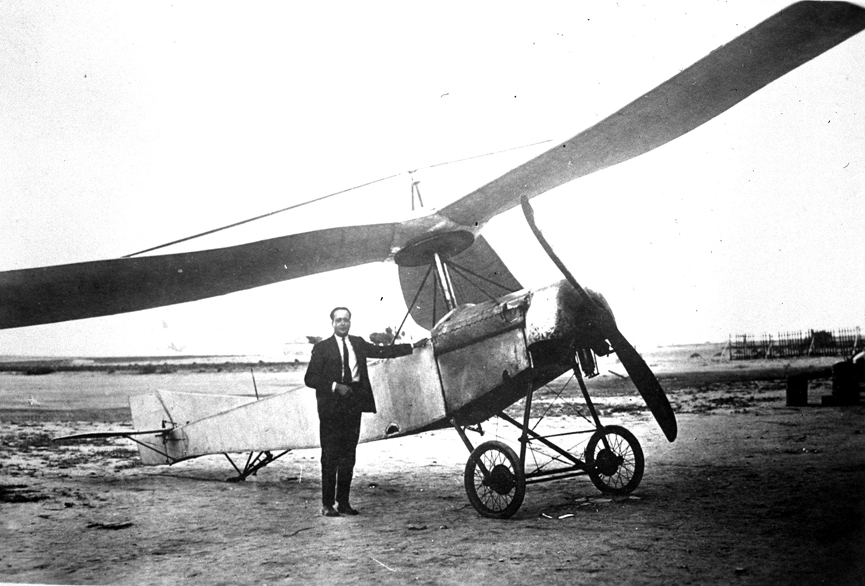
Jan. 9, 1923: The first flight of a practical gyroplane or rotorcraft is made by Juan de la Cierva’s C-3 “Autogiro,” which is flown by Spenser Gomes in Madrid, Spain.
Jan. 9, 1941: The Avro Lancaster made its maiden flight at RAF Ringway in Cheshire, England. The Lancaster is a British Second World War heavy bomber. A long, unobstructed bomb bay meant that the Lancaster could take the largest bombs used by the RAF, including the 4,000-pound, 8,000-pound and 12,000-pound blockbusters, loads often supplemented with smaller bombs or incendiaries. The “Lanc”, as it was known colloquially, became one of the most heavily used of the Second World War night bombers, “delivering 608,612 long tons of bombs in 156,000 sorties.” The versatility of the Lancaster was such that it was chosen to equip 617 Squadron and was modified to carry the Upkeep “bouncing bomb” designed by Barnes Wallis for Operation Chastise, the attack on German Ruhr valley dams. Although the Lancaster was primarily a night bomber, it excelled in many other roles, including daylight precision bombing, for which some Lancasters were adapted to carry the 12,000-pound Tallboy and then the 22,000-pound Grand Slam earthquake bombs (also designed by Wallis). This was the largest payload of any bomber in the war.
Jan. 9, 1943: At the insistence of the U.S. Army Air Forces, Boeing’s Chief Test Pilot, Eddie Allen, made the first flight of the Lockheed L-049 Constellation prototype, NX25600, from Lockheed Air Terminal at Burbank, Calif., to Muroc Army Airfield (Edwards AFB). Lockheed’s Chief Test Pilot, Milo G. Burcham, was the co-pilot. Also on board were Lockheed’s chief research engineer, Clarence L. “Kelly” Johnson; Rudy Thoren, Johnson’s assistant; and Dick Stanton, chief mechanic. When the flight ended after 58 minutes, Allen said, “This machine works so well that you don’t need me anymore!” With that, Allen returned to Seattle.
The Lockheed Model 49-46-10, company serial number 049-1961, was designated XC-69 by the U.S. Army Air Forces and assigned serial number 43-10309.
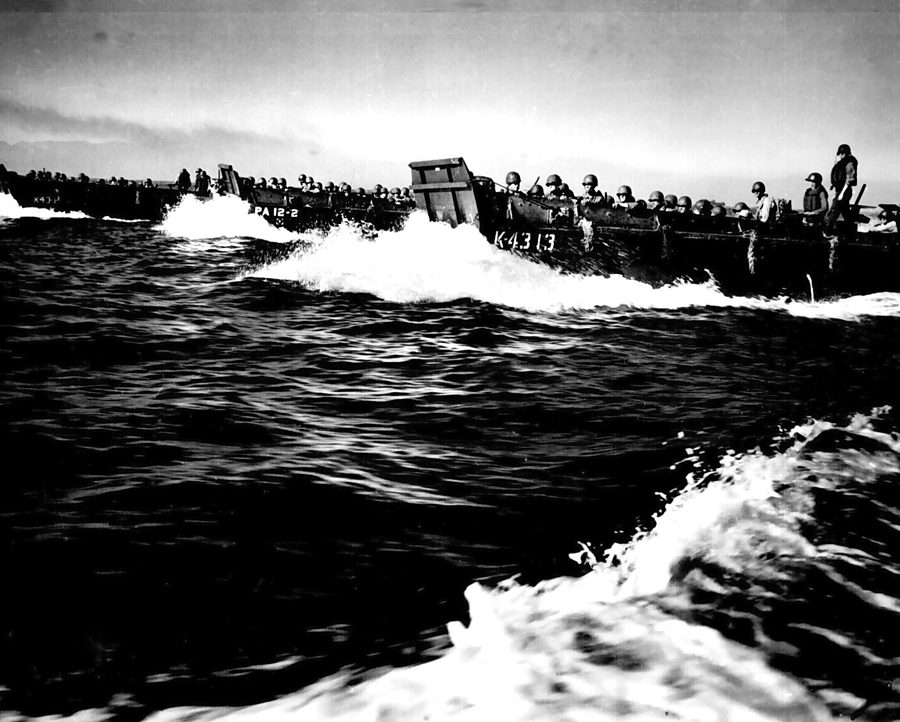
Jan. 9, 1945: During World War II, American forces began landing on the shores of Lingayen Gulf in the Philippines as the Battle of Luzon got underway, resulting in an Allied victory over Imperial Japanese forces.
Jan. 10, 1929: The Consolidated P2Y, an American flying boat maritime patrol aircraft, made its first flight. The plane was a parasol monoplane with a fabric covered wing and aluminum hull. Initially created to compete for a U.S. Navy contract dated Feb. 28, 1928, the prototype Model 9, XPY-1, was designed by Capt. Dick Richardson and Isaac M. ‘Mac’ Laddon. Beginning construction in March 1928, the aircraft was ready for its first flight by the end of the year. Lieutenant A. W. Gorton made the first flight out of Anacostia NAS, Washington, D.C. The production contract was opened to other bidders, and the Glenn L. Martin Company undercut them and was awarded the contract to construct the plane as the Martin P3M-1 and P3M-2 Three P3M-1s and six P3M-2s were built; one XP2M-1 was also built to a similar design, powered by three Wright Cyclone engines; following the removal of the third engine it was redesignated XP2M-2 The idea of a third engine on the XPY-1 had been studied and rejected by Navy Bureau of Aeronautics staff. A new contract was placed by the U.S. Navy on May 26, 1931, for a prototype of a developed version of the Model 9, XPY-1, designated the Model 22 Ranger by Consolidated. Incorporating features of the Model 16 Commodore, such as the enclosed flight deck, designated the XP2Y-1 by the Navy, this new prototype had the same 100-foot parasol wing, but became a sesquiplane with a smaller wing mounted lower, at the top of the hull, replacing the booms that had supported the stabilizing pontoons on the XPY-1. Two Wright R-1820-E1 Cyclone engines were located close below the top wing and had narrow-chord cowlings. A third similar engine was mounted on a strut along the centerline above the wing, but was removed after the first test in April 1932. The Navy ordered 23 P2Y-3s as production models similar to the P2Y-2s that were modified from the original batch of P2Y-1s.
Jan. 10, 1956: Three pilots – 1st Lieutenant Barty Ray Brooks, Capt. Rusty Wilson and Lt. Crawford Shockley — picked up three brand new F-100C Super Sabre fighters at the North American Aviation Inc. assembly plant at Air Force Plant 42, Palmdale, Calif. This was to be a short ferry fight to nearby George Air Force Base, only 42.5 miles to the east. Initially, the flight was uneventful until the pilots lowered the landing gear to land. One of the other pilots saw that the scissors link joining the upper and lower sections of the nose gear strut on Brooks’ Super Sabre was loose. Concerned that he would not be able to steer the fighter after touching down, Brooks diverted to Edward Air Force Base, 36 miles to the northwest, where a larger runway and more emergency equipment was available. Wilson escorted Brooks to Edwards.
The F-100C Super Sabre had no flaps and required a high speed landing approach. Brooks had only 674 total flight hours as a pilot, and just 39 hours in the F-100.
During his final approach to the runway Brooks allowed the fighter to slow too much and the outer portion of the wings stalled and lost lift. This shifted the wings’ center of lift forward, which caused the airplane to pitch up, causing even more of the outer wing to stall. Brooks fought to regain control of the airplane, but he was unable to. At 4:27 p.m., PST, the F-100 crashed on the runway and exploded. Brooks was killed.
In preparation for a test later that afternoon, the Edwards’ film crews had their equipment set up along the runway and captured the last seconds of Brook’s flight on film. This is the most widely seen crash footage, and is still in use in pilot training. It is named “The Sabre Dance.”
Jan. 10, 1989: The Strategic Systems Combined Test Force conducted the first free-flight launch of a Tacit Rainbow missile, at the China Lake test range. The missile was launched from a rotary launcher on a B-52 and successfully homed-in on and attacked a radar emitter. The AGM-136A Tacit Rainbow was designed to clear a path for aircraft entering hostile territory by destroying enemy radar installations. In the event of a target radar being turned off, the missile had the ability to loiter in the vicinity for up to an hour.
Jan. 11, 1935: Amelia Earhart becomes the first woman pilot to fly solo between Hawaii and the United States. She takes off from Wheeler Field, Oahu, Honolulu, to fly her Lockheed “Vega” across the eastern Pacific to Oakland, Calif. Earhart lands after 18 hours 15 minutes.
Jan. 11, 1947: The McDonnell F2 H Banshee made its first flight. The Banshee a single-seat carrier-based jet fighter aircraft deployed by the U.S. Navy and U.S. Marine Corps from 1948 to 1961. It was one of the primary American fighters used during the Korean War and was the only jet-powered fighter deployed by the Royal Canadian Navy. The aircraft’s name is derived from the banshee of Irish mythology.
Jan.12, 1912: The Curtiss Model F made its first flight. The Curtiss Models F made up a family of early flying boats developed in the United States in the years leading up to World War I. Widely produced, Model Fs saw service with the U.S. Navy under the designations C-2 through C-5, later reclassified to AB-2 through AB-5. Several examples were exported to Russia, and the type was built under license in Italy.

Jan. 12, 1961: Maj. Henry J. Deutschendorf flew a Convair B-58A-10-Cf Hustler from Carswell Air Force Base, Texas, to Edwards Air Force Base, Calif. The Hustler was named Untouchable. After arriving at Edwards, he flew two laps of a 1,000 kilometer circuit between Edwards and Yuma, Ariz., establishing six new Fédération Aéronautique Internationale speed records at an average of 1,061.81 miles per hour.
Deutschendorf and his crew, Capt. Raymond R. Wagener, Defensive Systems Officer, and Capt. William L. Polhemus, Radar Navigator/Bombardier, were each awarded the Distinguished Flying Cross.
Deutschendorf was the father of Henry J. Deutschendorf, Jr., who was better known by his stage name, “John Denver.” Untouchable was sent to The Boneyard at Davis-Monthan AFB, Ariz., in 1969, and scrapped in 1977.
Jan. 12, 1990: The first test sortie of the Vought YA-7F was conducted. The aircraft was an updated version of the Vietnam-era A-7D, modified with a longer fuselage to accommodate a Pratt & Whitney F100-220 engine and additional fuel.
Jan. 13, 1942: The Sikorsky XR-4, the U.S. Army Air Force’s first helicopter, made its initial flight with its creator, Igor Sikorsky at the controls. The R-4 was a two-seat helicopter designed by Igor Sikorsky with a single, three-bladed main rotor and powered by a radial engine. The R-4 was the world’s first large-scale mass-produced helicopter and the first helicopter used by the United States Army Air Forces, the United States Navy, the United States Coast Guard and the United Kingdom’s Royal Air Force and Royal Navy. In U.S. Navy and U.S. Coast Guard service, the helicopter was known as the Sikorsky HNS-1. In British service it was known as the Hoverfly.






